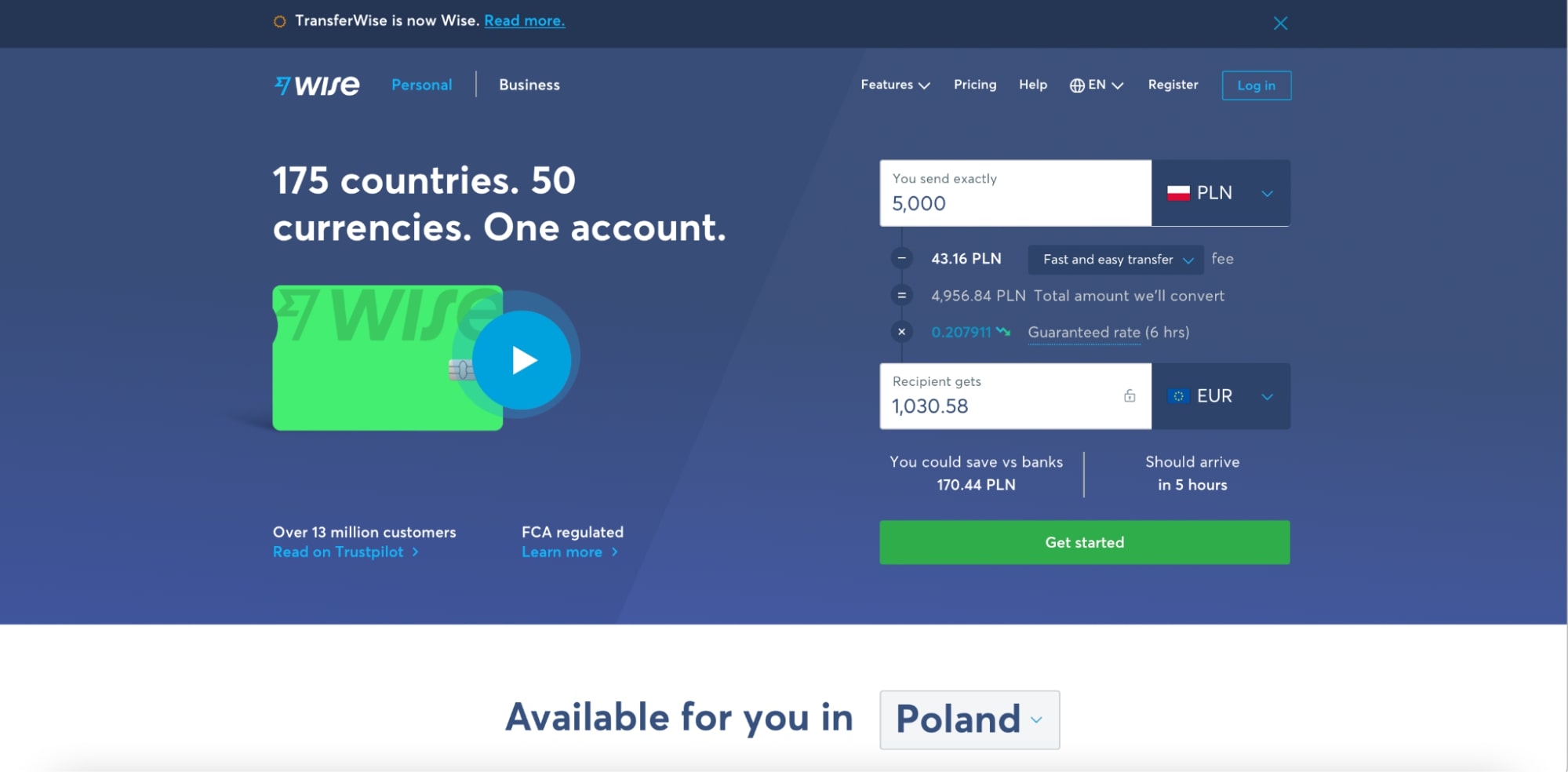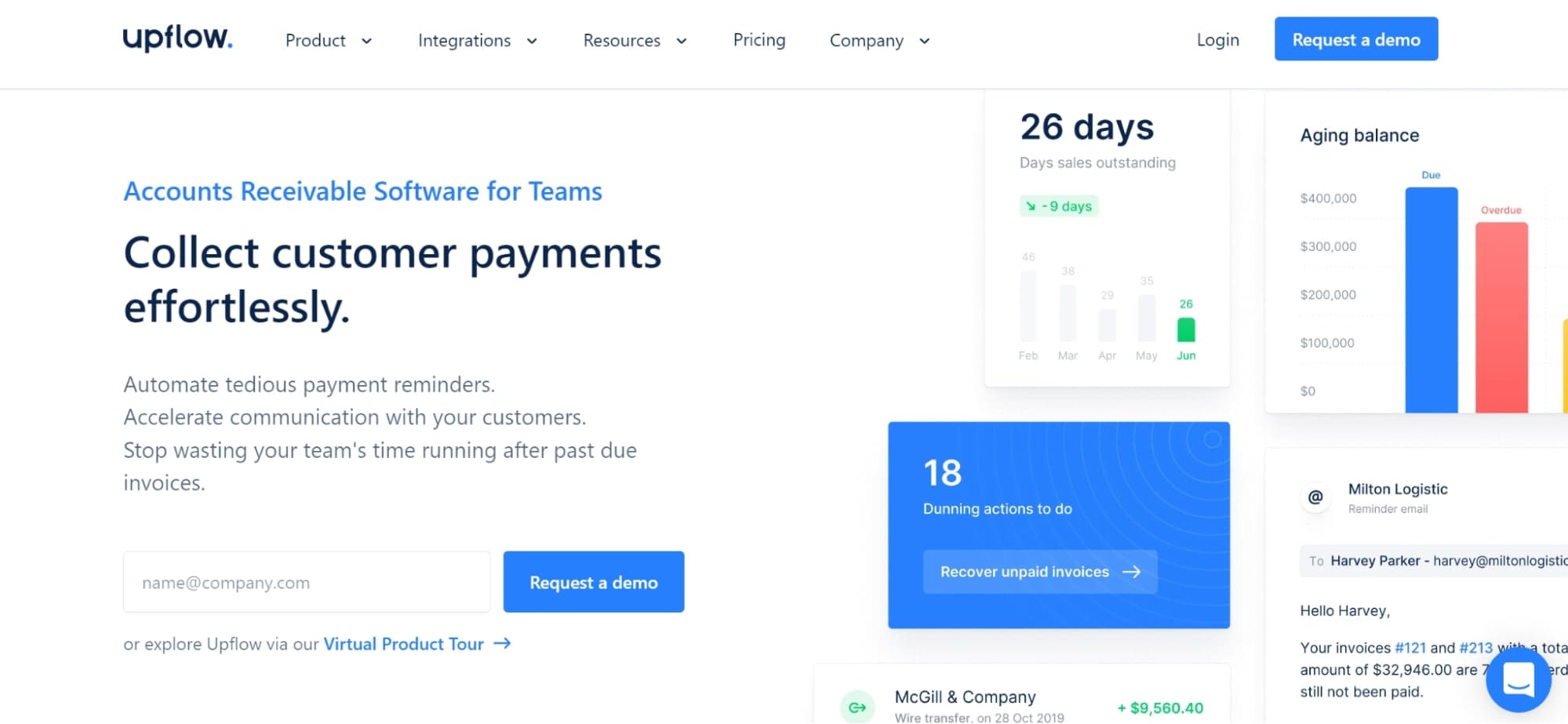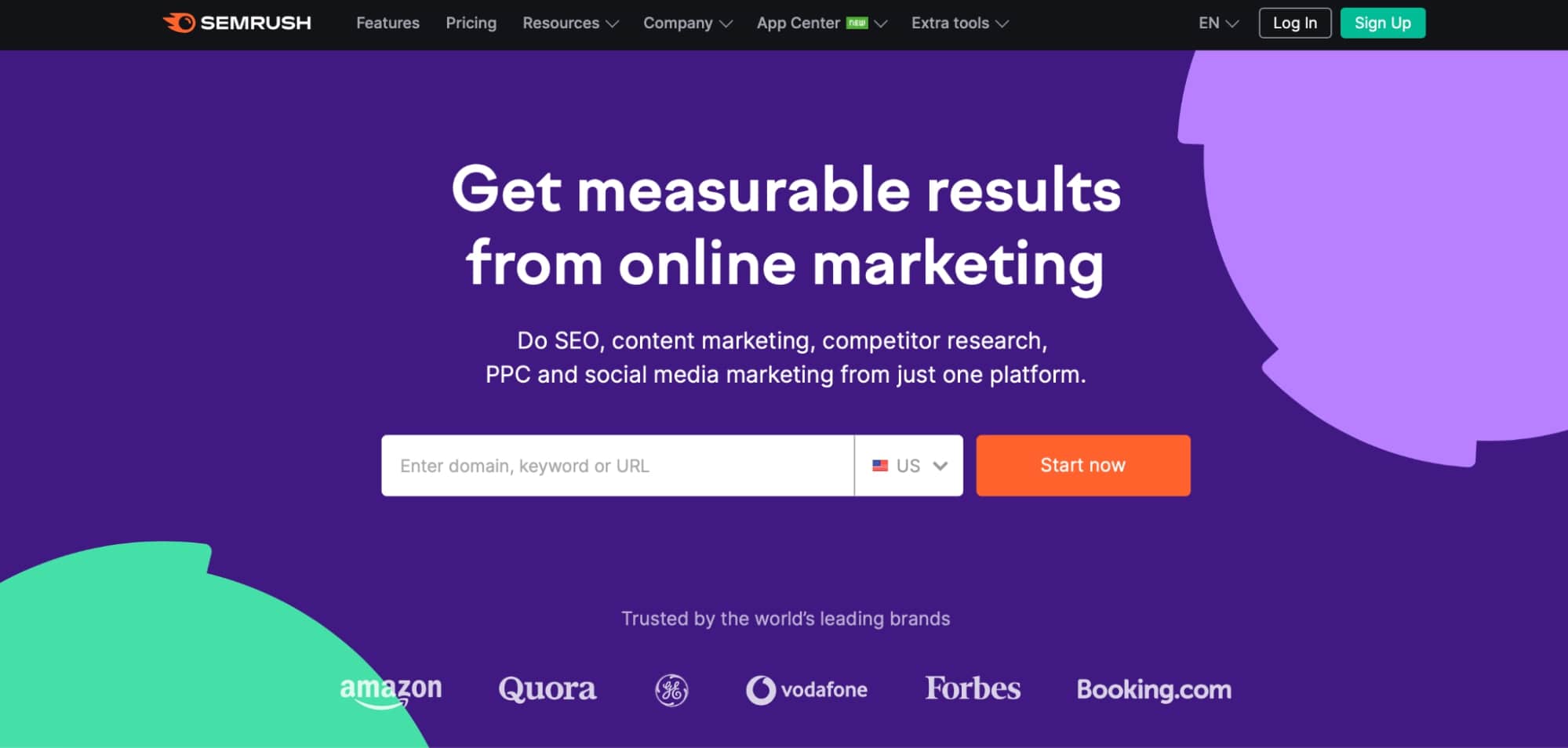Companies are getting more data-driven than ever before — just think of how many KPIs you have to track every month.
Measuring the results of your work is important. How can you know if your activities translate into more leads, prospects, and customers?
Marketers are asked to measure effectiveness of everything, including the copy of their landing pages, emails, and ads. So anything you write online should fulfill its goal — convert.
You have to understand the conversion psychology of your target audience to get them to take your desired actions — sign up for a trial, demo call, or buy your product.
Conversion copywriting helps with it. So what is it and how conversion copywriting is different from traditional online copywriting — the way most of us are used to perceive copy?
Table of Contents:
What is conversion copywriting?
Conversion copywriting is persuasive writing that gets users to take specific actions online. It’s focused on achieving one objective at a time. What are those objectives? Let’s have a closer look.
Examples of conversion objectives can be the following:
- Signing up for a free trial
- Booking a demo call
- Downloading an ebook (or other free material)
- Watching a sales video
- Adding a product to a cart
- Finalizing a purchase
Conversion-oriented copy is not aimed at informing, entertaining, or inspiring. At least, it’s not the main goal.
That’s why being a great conversion copywriter is not about winning Young Lions Awards (a competition for young creatives) and presenting your crazy idea to the world.
You shouldn’t necessarily be creative at all — just follow the best practices to drive people to the goal and lead them down their conversion path.
Examples of conversion copywriting
You can ask yourself — how other brands are doing it, what are the best practices of conversion copywriting? We’ve got you covered with a few examples of online businesses that are doing it right. So here it is.
Wise

Wise is an online financial service that offers people to send money to over 80 countries, convert it in over 50 currencies, and create local bank accounts.
The main goal of their homepage is getting people to create an account with Wise. But generating high-quality and qualified leads isn’t that simple, especially for a fintech business.
So what did they do to attract people who will start using the service from day one?
Here is a kicker — they added a currency converter just above their main CTA.
If you are comparing currency rates between different services, you are most likely on a lookout for a service to send or receive money. That’s exactly the idea behind currency converters attracting high-quality leads.
Apart from their main bait — currency converter — Wise is adding an explainer video on how the service works. They also use social proof right under the video (millions of customers) and the mention of FCA regulation to remove friction (in case you have that fear it’s not a reliable business).
Upflow

Upflow is a corporate accounts receivable platform. They help finance teams automate tedious processes so that companies can get paid faster
On their homepage, there is a core call to action — scheduling demo. You have to input your email address — it’s that simple.
To get people input that email, Upflow describes the main value propositions of their tool right under the main headline
Upflow know that not everyone that lands on their site is going to be convinced to sign up for a demo right away though. So they place a secondary CTA below pointing to a virtual product tour. This is really smart because it gives the user a choice – and no matter what they choose it’s a positive next step for Upflow.
Semrush

Semrush is a software as a service (SaaS) tool that has been thought of as a SEO tool for a long time. But now they offer much more — all things online marketing. You can do SEO, content marketing, competitor research, and even improve your PPC campaigns.
Why have they built all those features? You can deduce it from their homepage copy — to get you to measure your marketing effort better, no matter what you do in marketing (SEO, copywriting, or Adwords campaigns).
Here is the punch line — if you are an online marketer, you should use Semrush, because it helps you in various areas — it’s not only about SEO.
Measuring results is one of the goals their target audience is aiming to achieve and that’s why they are using it in their headline.
You are not asked to input your email address and phone number — remember that old trick for lead gen? But who wouldn’t be turned away from it in 2022 and later?
Instead, they attract you with value — just enter your domain, keyword, or URL and learn some interesting stuff about it — boom! That’s what will get you to click that “Start Now” button.
PolicyMe

PolicyMe is an insurance company that offers affordable life insurance. They know that the most important thing to potential clients is to learn how much insurance costs,so they use the call to action “Get MyQuote”.
Under their call to action, they list mainstream media coverage that they’ve received to signal to potential buyers that they can be trusted. This type of social proof allows them to essentially borrow the credibility of major brands.
All this is intended to give their prospect a nudge to click that one button.
How to use conversion psychology
While you can always refer to these and other conversion copy examples, it’s not enough to copy their logic, CTA text, and apply the same page structure. Don’t do it — it won’t bring overnight success and thousands of leads.
Instead, follow this tried-and-tested approach to working out your conversion-oriented copy.
Get started with research
Note: get down to conversion copywriting by doing research first. You don’t want to start working on your page content and realize halfway that you have to rework it. That’s what happens if you don’t get your persona right from the very beginning.
A deep understanding of your persona, their challenges, pains, and aspirations is the first step to creating page copy that works. Sounds like an easy thing to do, but it’s so only from the first glance.
Carrying out research often involves hours spent talking to your ideal persona. These are the customers who are happy with your products and services and who bring the most money to the table for your business.
If you don’t have this time, you can use Mention and find what people say about your brand online. These insights will help you understand your products’ strong points and bring them up in your copy. After signing up for your account, you can access your brand mentions from one unified dashboard.

Surveys are the third way to get information (especially if you don’t have customers yet) — just send it to a group of people who could be your customer.
In a nutshell, here are the points that you should clarify before moving to writing your copy.
- What is your unique selling point?
- What are the needs, wants, and aspirations of your customers?
- How do you picture your ideal persona?
- What are the benefits of your products?
- What are the features of your products?
No matter what way you choose to conduct your research, you should always build your assumptions on some data. This way, you can create a copy that resonates with your audience.
Figure out content for each stage
Copy is not a means to an end — it’s a tool that helps you bring your users from the top of the funnel to its bottom.
Just think about it — every day, your page is visited by all sorts of people. Some of them already know what products you offer, others have some problems and have just started looking around for a solution.
They are on different stages and have different readiness to buy your products. Some need a bit of nurturing, while others — need just a final nudge to take their credit card out.
For each stage, you have to create content that appeals to your leads and prospects. Let’s first look at what those stages are.
Awareness
At the awareness stage, your lead is looking for a solution — they have some problem to solve that drives their action. Realizing that there is a problem doesn’t always go hand in hand with knowing what that problem is, but you can help your leads articulate it with your copy.
You can also use UGC videos on your web pages, email marketing, and social media to drive awareness and conversions. UGC is the best way to build social proof which drives purchase decisions.
Consideration
Your prospects have got some ideas on how to deal with the problem they have and are currently looking for effective tools — solutions. Your goal here is presenting a comparison on a silver platter and proving your solution is the best.
Decision
When customers are about to make a decision, they have a list of companies where they can buy a solution. Lead them to that final point — prove your company is the best one to buy from.
So you know what every stage involves and you can curate the content that would appeal to the audience at each stage. What’s next? It’s time to connect the dots. Use calls to action to bring people down the funnel.
Call to action
A call to action (CTA) is a phrase or a sentence that drives people’s action. CTAs reflect something you want people to do.
Brands often use calls to action as their button text (to help it stand out) or hyperlink it in the text.
An effective CTA doesn’t contain much text — it’s clear and concise. Do your calls to action contain more than five words? Just cut down your word count by removing redundant words. In fact, it’s often enough to have just two or three.
Here are some examples:
- Sign up
- Claim your prize
- Start your trial
- Get a quote
- Book a demo
Your call to action should bring the next step that is logical for a customer to take. Imagine your customer reads your headline and supportive text and then says “What do I want to do now?” The answer is your CTA content.
Measure the results
When you finally click the button “Publish” and your landing page, blog article, or post goes live, it’s time to measure the results. That’s because you have to check if your effort pays off and if your leads or prospects start signing up to buy your products.
It’s also about checking your assumptions. That’s your moment of truth — at the stage of measuring the results, you can tell if they are correct. But what if they are not?
Don’t worry — you are learning while working and can still fix things. If your copy doesn’t work — you haven’t got your persona challenges right or haven’t connected your conversion stages yet — you can optimize the existing content.
You also have to optimize if your content works, but doesn’t bring you the right conversion rate, lead and prospect volume.
In both situations, it’s important you have made the first step — you have set up your funnel with a conversion-oriented copy and look the truth straight in the eye by measuring the results.
Wrapping up
So there you have it. You got an idea of what conversion copywriting is, its examples in action, and read some tips on how to apply it. Now — it’s time to try it out. So go ahead and experiment (or polish) your copy to convert more people than you have ever done before.






